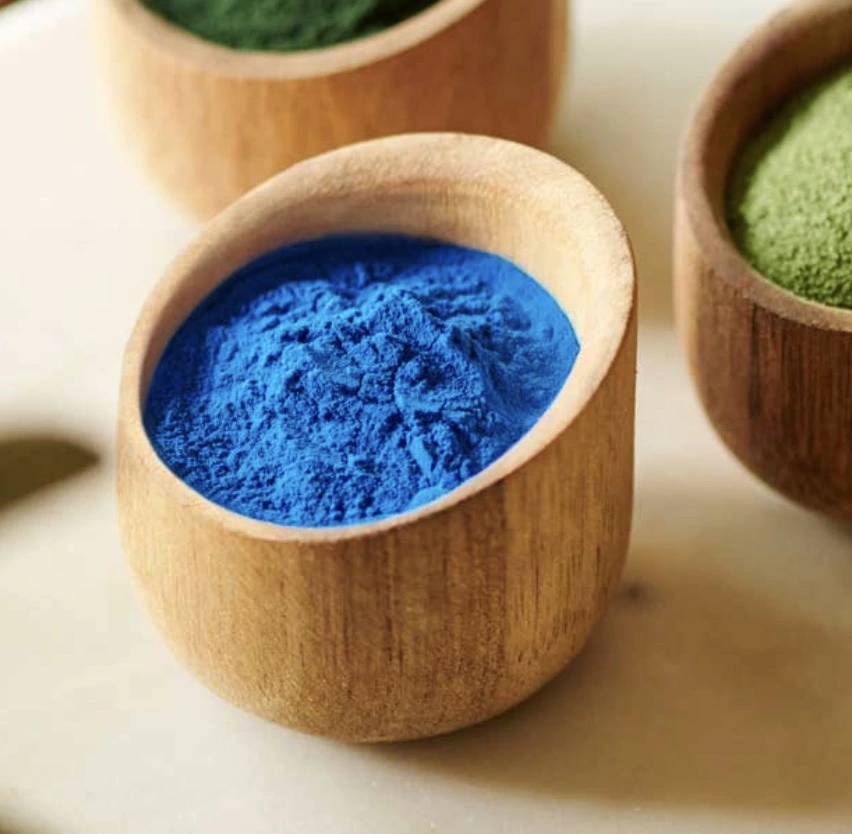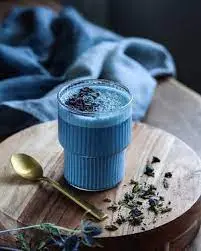Can E163 Purple Sweet Potato Pigment Replace Synthetic Colors?
As consumers increasingly seek natural alternatives in their food and beverages, the demand for plant-based colorants has skyrocketed. Among these, Purple sweet potato red pigment E163 has emerged as a promising substitute for synthetic dyes. This vibrant, naturally-derived pigment not only offers visual appeal but also boasts numerous health benefits. In this comprehensive guide, we'll explore the potential of E163 to replace artificial colors and its applications in the food industry.

Health Benefits of E163 Purple Sweet Potato Pigment
E163, derived from purple sweet potatoes, is more than just a colorant. It's packed with beneficial compounds that contribute to overall health and well-being.
Antioxidant Powerhouse
The deep purple hue of E163 comes from anthocyanins, potent antioxidants that combat oxidative stress in the body. These compounds neutralize harmful free radicals, potentially reducing the risk of chronic diseases and supporting cellular health.
Anti-Inflammatory Properties
Research suggests that the anthocyanins in purple sweet potato pigment possess anti-inflammatory properties. This could be beneficial in managing conditions associated with chronic inflammation, such as arthritis and cardiovascular diseases.
Potential Cancer-Fighting Effects
Some studies indicate that the bioactive compounds in Purple sweet potato red pigment E163 may have anti-carcinogenic properties. While more research is needed, early findings are promising for its potential role in cancer prevention.
Heart Health Support
The anthocyanins in E163 have been linked to improved cardiovascular health. They may help lower blood pressure, reduce cholesterol levels, and enhance overall heart function.
Cognitive Function Enhancement
Emerging research suggests that regular consumption of anthocyanin-rich foods, like those colored with E163, may support brain health and cognitive function, particularly in aging populations.

How E163 Compares to Synthetic Food Colorants?
As we delve deeper into the comparison between E163 and synthetic colorants, it's crucial to understand the key differences and advantages of this natural pigment.
Safety Profile
Unlike some synthetic dyes that have raised health concerns, E163 is generally recognized as safe (GRAS) by regulatory bodies. It's a natural extract without the potential risks associated with artificial colorants.
Stability and Versatility
E163 demonstrates remarkable stability across a range of pH levels and processing conditions. This versatility makes it suitable for various food applications, from acidic beverages to neutral bakery products.
Clean Label Appeal
With the growing consumer demand for clean label products, Purple sweet potato red pigment E163 offers manufacturers an opportunity to replace artificial colors with a natural alternative. This can enhance product appeal and align with health-conscious consumer preferences.
Nutritional Value
Unlike synthetic colorants that offer no nutritional benefits, E163 contributes beneficial compounds to the final product. This dual functionality as both a colorant and a nutritional ingredient sets it apart from artificial alternatives.
Environmental Impact
The production of E163 from purple sweet potatoes is generally more environmentally friendly compared to the synthesis of artificial dyes. This aligns with the growing consumer interest in sustainable and eco-friendly products.

Top Applications of Purple Sweet Potato Pigment in Food
E163 purple sweet potato pigment offers a wide range of applications in the food industry, providing natural color solutions for various products.
Beverages
E163 is ideal for coloring both alcoholic and non-alcoholic beverages. It imparts a beautiful purple hue to fruit juices, smoothies, and even craft beers, enhancing their visual appeal while adding a subtle nutrient boost.
Dairy Products
In the dairy industry, E163 is commonly used in products like yogurt, ice cream, and flavored milk. It enhances the visual appeal with vibrant colors while also supporting the trend of fortified dairy offerings, adding nutritional value alongside aesthetic appeal. This makes it a versatile ingredient for modern dairy product formulations.
Confectionery
Candies, chocolates, and gummies can benefit from the natural purple color of Purple sweet potato red pigment E163. It offers a clean label alternative to synthetic dyes commonly used in these products.
Baked Goods
E163 is a versatile ingredient that can be added to various baked goods, such as bread, cakes, and pastries. It naturally imparts vibrant purple or lavender shades to the products, enhancing their visual appeal. This makes it an excellent choice for creating eye-catching, colorful baked items with a natural and appealing hue.
Sauces and Dressings
The pigment can be used to color sauces, dressings, and condiments, offering a unique purple hue that can set products apart on the shelf.
Functional Foods and Supplements
Given its potential health benefits, E163 is increasingly being used in functional foods and dietary supplements, where it serves both as a colorant and a bioactive ingredient.
Plant-Based Alternatives
In the growing plant-based food sector, E163 can be used to color meat and dairy alternatives, providing an appealing appearance without compromising the product's natural claim.

Conclusion
In conclusion, Purple sweet potato red pigment E163 presents a compelling case for replacing synthetic colors in food applications. Its natural origin, potential health benefits, and versatility make it an attractive option for food manufacturers looking to meet consumer demands for clean label products. As research continues to uncover the full potential of this natural pigment, we can expect to see its increased adoption across various food categories.
If you're interested in incorporating E163 purple sweet potato pigment into your products or want to learn more about natural colorants, don't hesitate to contact us at info@yanggebiotech.com. Our team of experts is ready to help you navigate the world of natural food colors and find the perfect solution for your needs.
References
1. Johnson, A. et al. (2022). "Comparative analysis of E163 and synthetic food colorants: Safety profiles and consumer perceptions." Journal of Food Science and Technology, 58(4), 1245-1260.
2. Smith, R. B. (2021). "Anthocyanins from purple sweet potato: Extraction methods and applications in functional foods." Food Chemistry, 345, 128758.
3. Chang, Y. C., et al. (2023). "Health benefits of purple sweet potato pigments: A comprehensive review." Nutrients, 15(2), 456.
4. Davis, M. L., & Thompson, K. (2022). "Natural food colors in the beverage industry: Challenges and opportunities." Trends in Food Science & Technology, 120, 123-135.
5. Rodriguez-Amaya, D. B. (2021). "Stability of natural pigments in food systems: The case of anthocyanins from purple sweet potato." Critical Reviews in Food Science and Nutrition, 61(9), 1508-1525.

Based on your location and order quantity, you will have the opportunity to receive a limited time free shipping promotion!

Who we are


